1. Sleeping on the Roof

Back before central air and ceiling fans, some folks figured the coolest spot in the house wasn’t in the house at all—it was on the roof. Especially in cities with flat-topped buildings, families would haul up blankets, pillows, and maybe even a cot or two to try to catch a breeze under the stars. It wasn’t just a desperate move; it actually worked pretty well when nighttime temps dipped just enough to make things bearable. Of course, it also came with a few hazards, like early morning sunburns or the occasional roll toward the edge says BBC.
In places like New York or Philadelphia, this became surprisingly common in the early 1900s. Apartment buildings would have whole families sleeping side-by-side, almost like a rooftop campground. It was all about survival, not comfort. People would wet their sheets or pajamas to stay cooler as they slept, although that could backfire quickly if the temps didn’t drop enough. And forget about privacy—your neighbors were usually just a few feet away. But if it meant escaping the sweltering indoor heat, most folks were willing to sacrifice a little modesty shares Financial Times.
2. Soaking the Sheets

One of the more dramatic tactics was to soak bed sheets or nightclothes in water before sleeping. It sounds bizarre today, but when you’re roasting in 90-degree heat with no breeze in sight, you get creative. People believed that the evaporation would pull heat away from their bodies and give them a few hours of relief. Sometimes they’d even drape wet sheets over windows to try to cool the incoming air shares Broadsheet.
It was a messy, damp endeavor and probably left a lot of mildew in its wake, but it beat tossing and turning all night in sweat-drenched misery. Some folks added fans if they were lucky enough to have electricity, turning their bedrooms into makeshift swamp coolers. Others just hoped for a breeze and prayed their mattresses didn’t mold. It definitely wasn’t elegant, but it was effective enough for desperate times. Anything was better than lying awake in sticky, suffocating heat says NPR.
3. Visiting the Icehouse
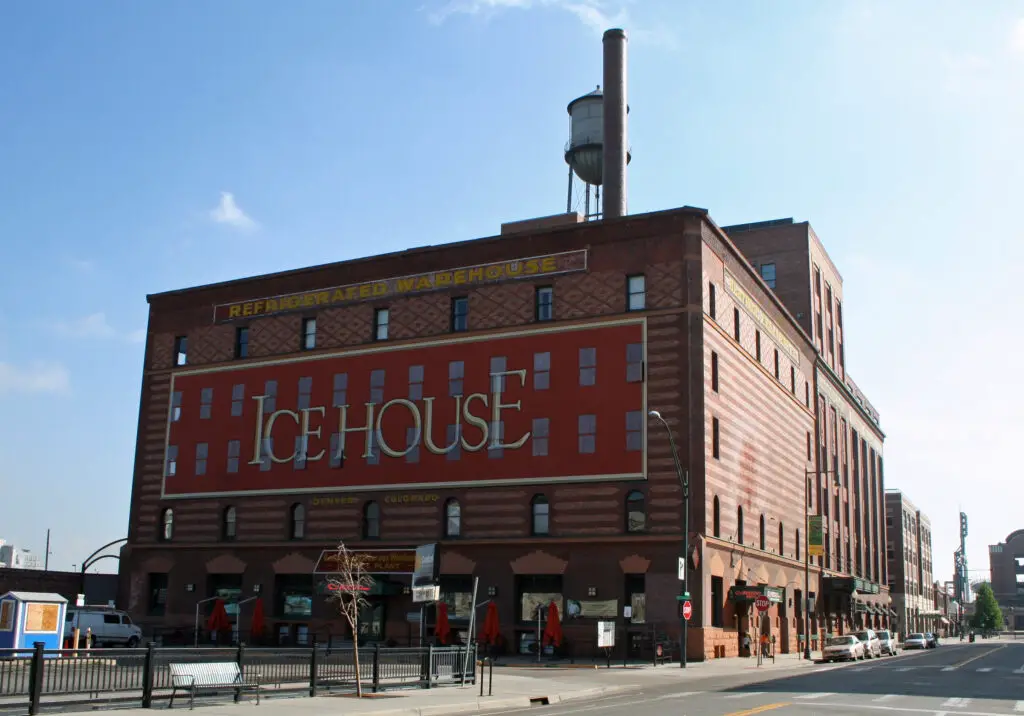
Believe it or not, icehouses weren’t just for storing meat and milk. In the height of summer, people would actually visit icehouses to cool down. These big, insulated buildings were filled with massive blocks of ice—cut in winter and stored all year—and stepping inside one felt like walking into a freezer. Some icehouses even became local hangouts on especially brutal days.
Kids might sneak in just for a few minutes of chilly air, while adults would linger, pretending to shop while they secretly cooled off. Of course, the smell of sawdust and slowly melting ice wasn’t exactly inviting. But when the alternative was melting on your porch, even an icehouse’s funky aroma seemed tolerable. It was one of the earliest examples of people using industrial resources for personal comfort.
4. Hanging Wet Laundry in the Windows
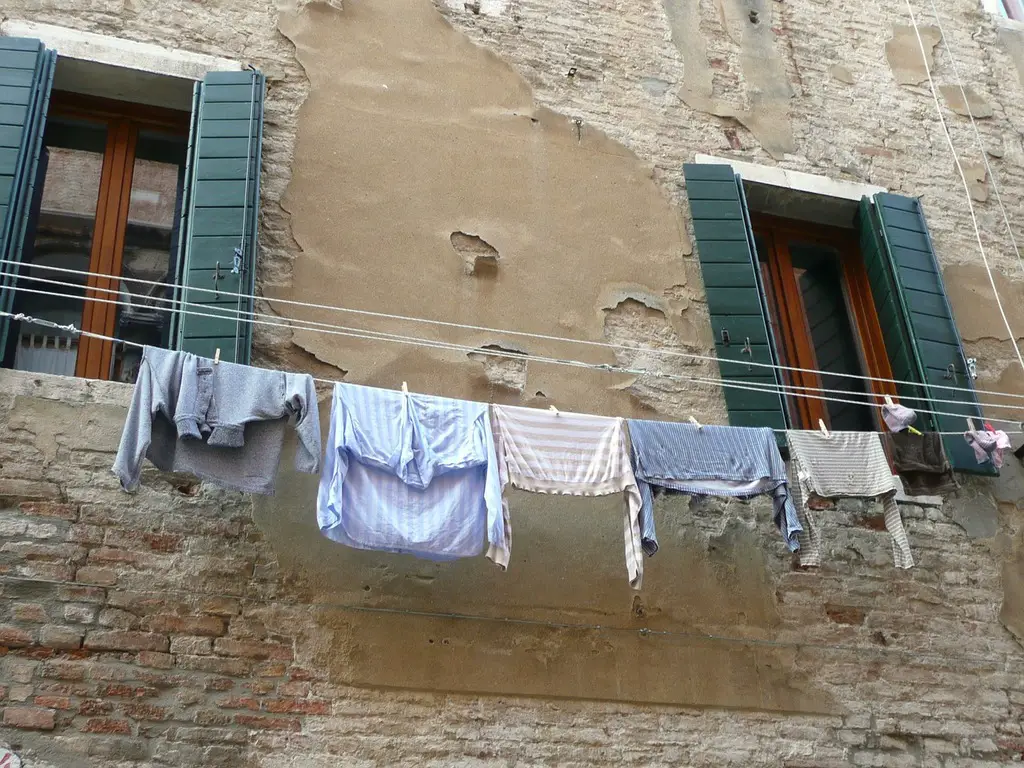
This one doubled as a chore and a cooling trick. People would hang damp laundry in front of open windows, hoping the breeze would carry the moisture through the room and create a cooler environment. It was like homemade air conditioning, minus the hum of a machine. The evaporation of the water had a slight cooling effect, which helped make stuffy rooms more bearable.
It wasn’t exactly the cleanest solution—sometimes the laundry collected dust or bugs from the outside air. But when it was 100 degrees inside and out, people weren’t too picky. The bonus was that your sheets or clothes dried faster while keeping the house a few degrees cooler. It was a small win, but in the age before Freon, even small wins counted.
5. Taking the Streetcar
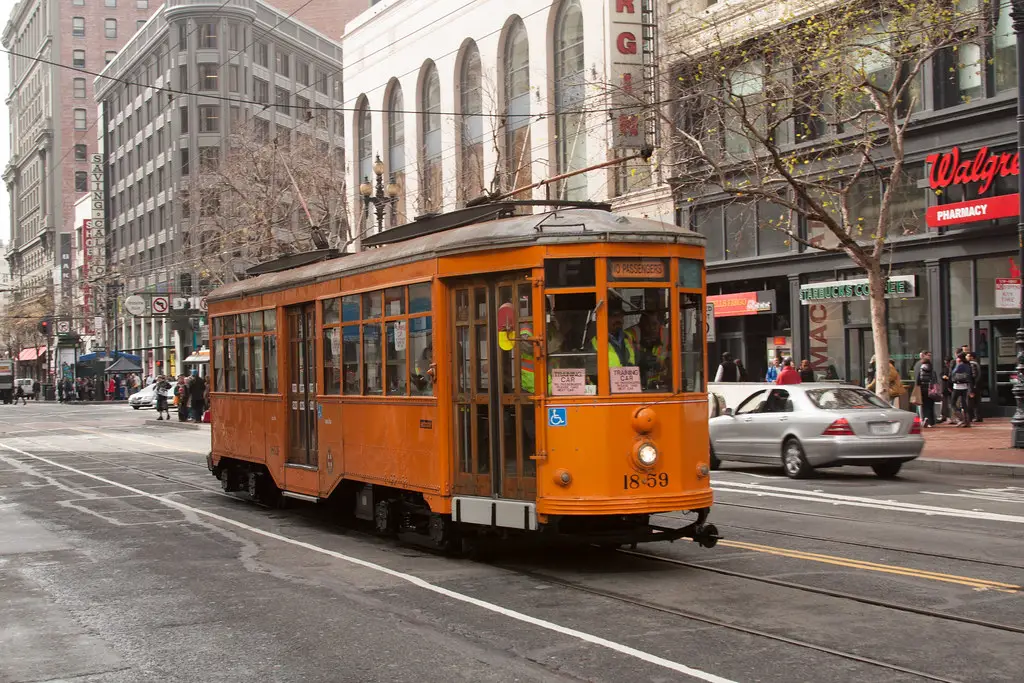
Some people with a few extra nickels in their pocket would hop on a streetcar just to cool down. These open-air or semi-enclosed trolleys kept moving, which meant a constant breeze—even if it was a warm one. You didn’t have to be going anywhere in particular; just riding around was enough of a break from the stagnant heat at home. In cities, this turned into a bit of a summer ritual for those who could afford it.
Of course, not everyone was thrilled about the freeloaders using transit as a rolling wind machine. Conductors sometimes kicked people off if they weren’t headed to an actual destination. But when it was pushing 95 degrees inside your tenement, getting booted off a breezy streetcar still beat staying in. It was one of the few cooling methods that also felt a bit like a treat.
6. Sleeping in the Bathtub
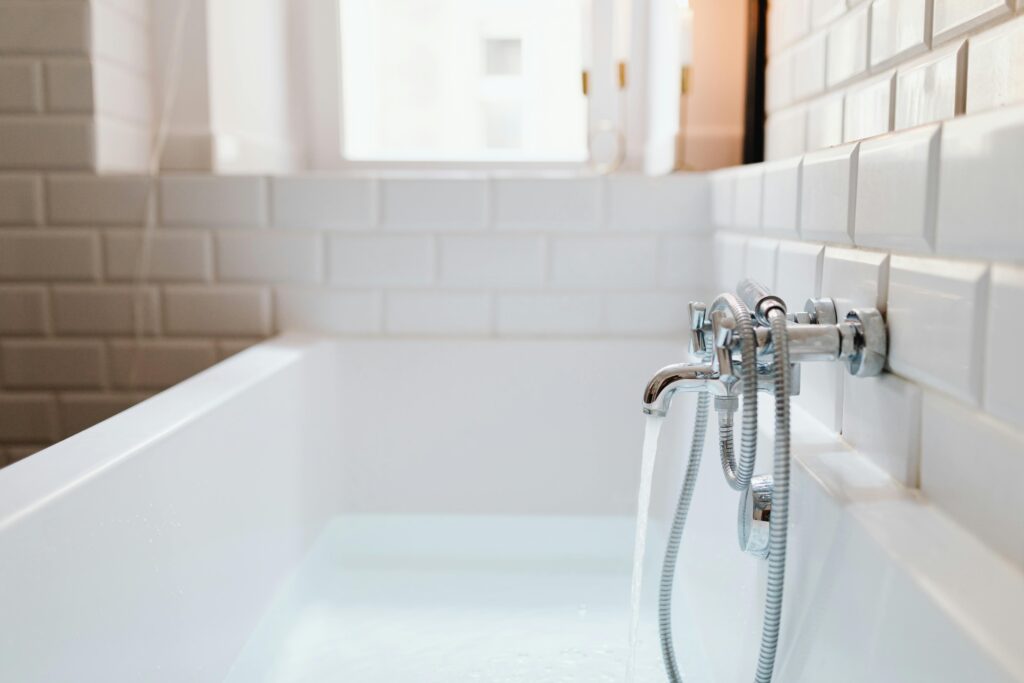
Desperate times call for porcelain solutions. Some people resorted to sleeping in their bathtubs, especially if it was made of cast iron or enamel, which stayed cooler than a bed. They’d fill it with a bit of water or at least lie on a damp towel to keep from overheating. It wasn’t comfortable, but it was functional.
For city dwellers in cramped apartments, the tub was often the only cool spot in the house that wasn’t shared. You might have to fight off the family cat or deal with a less-than-fresh drain, but it was worth it for a night without waking up drenched in sweat. Some even made it a routine during heatwaves. It wasn’t glamorous, but it was practical.
7. Wearing Ice Packs in Clothes
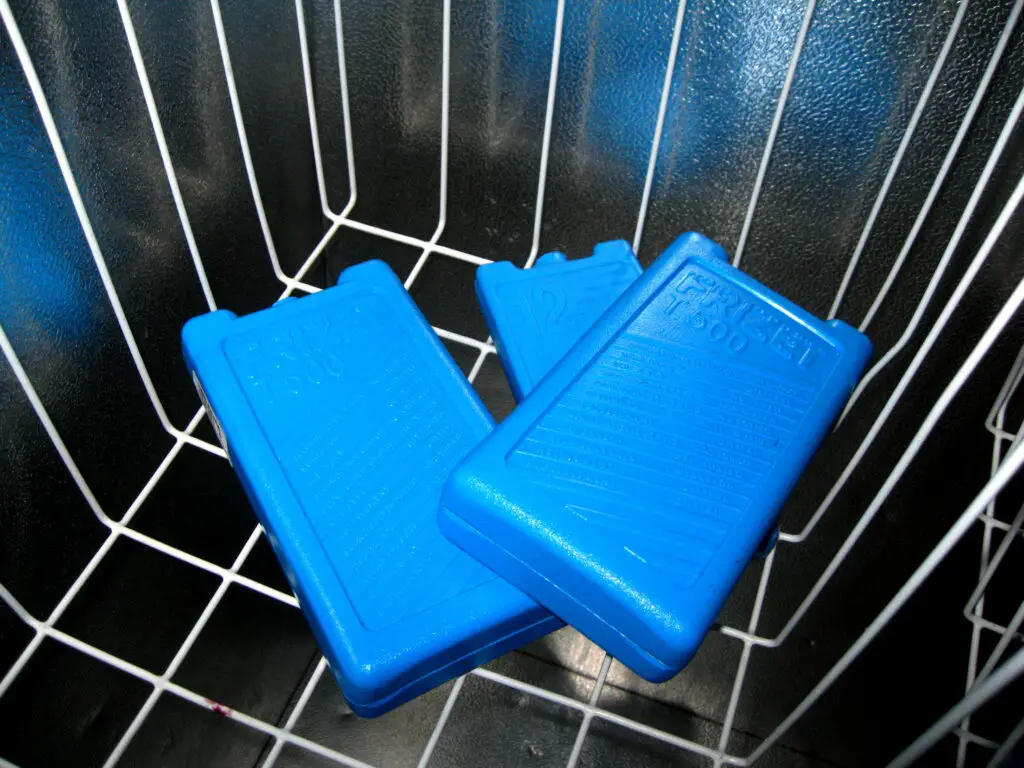
Imagine stuffing a chunk of ice into your hat or tucking frozen rags into your waistband. That’s exactly what some folks did in the summer months. Makeshift ice packs were strategically placed to keep the body temperature down. It was chilly, a little messy, and entirely worth the temporary numbness.
This tactic worked best if you had access to an icebox, or better yet, knew someone with ice to spare. People even sewed small pockets into clothing to hold ice or chilled cloths, almost like a primitive cooling vest. The trick was replacing them before they melted completely and soaked through everything. It was a balancing act, but one that brought real, if brief, relief.
8. Spending the Day in the Basement
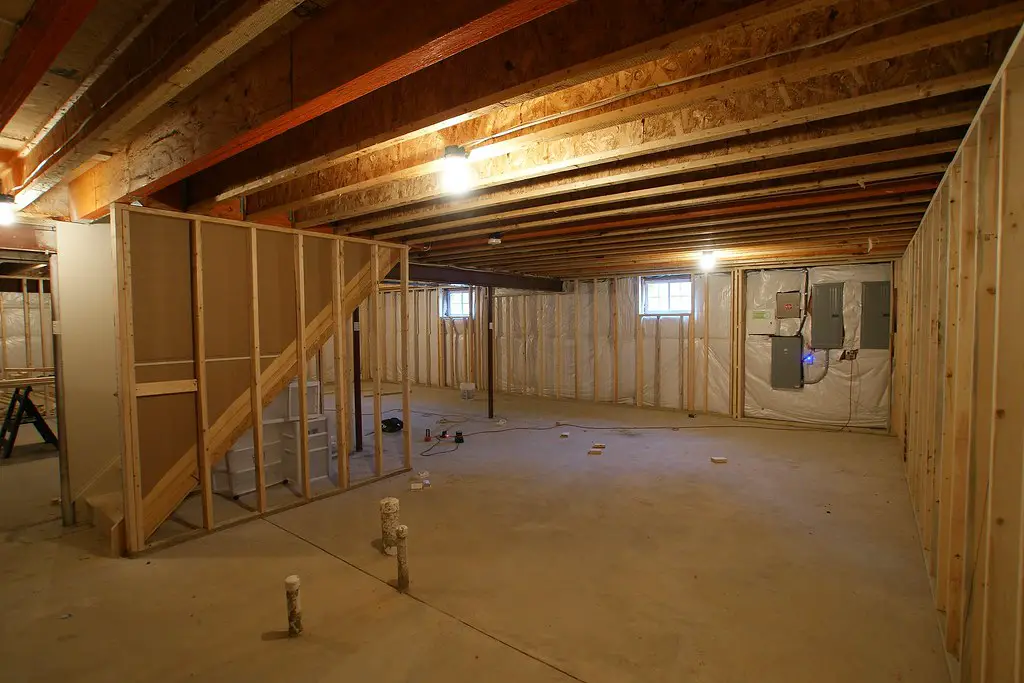
Basements were more than just storage rooms—they were summer sanctuaries. The thick walls and underground location made them naturally cooler than the rest of the house. Families would bring down chairs, meals, even bedding during the worst heat spells and set up camp underground. It wasn’t ideal, but it was a heck of a lot better than frying on the top floor.
Some basements were finished and comfortable; others were cobweb-filled, dim, and a little spooky. Still, the temperature difference could be drastic enough to make people stay down there all day. Kids played cards or board games, while adults sat around fanning themselves and sipping lemonade. It wasn’t exactly a vacation, but it sure beat sweating through another day upstairs.
9. Putting the Baby in the Icebox
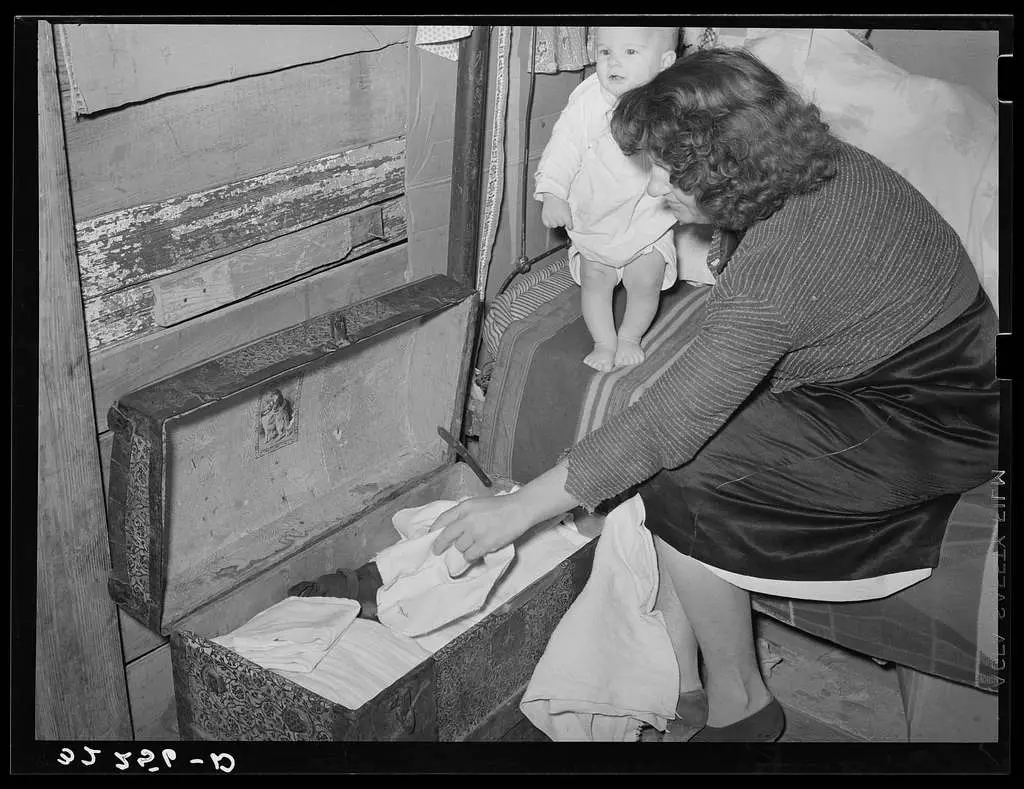
No, not inside the actual compartment with the food, thankfully. But some parents got creative and put their babies to nap in the lower, cooler storage sections beneath old-fashioned iceboxes. These compartments stayed colder than the rest of the room, thanks to proximity to the large block of ice above. It was considered a harmless way to keep infants from overheating.
Obviously, today this would raise every red flag in the book. But back then, people were just trying to do their best with what they had. They didn’t have temperature-regulated cribs or AC monitors—just instincts and maybe a hand fan. As strange as it sounds, it might have helped more than it hurt, especially in homes without good ventilation.
10. Moving to the Porch
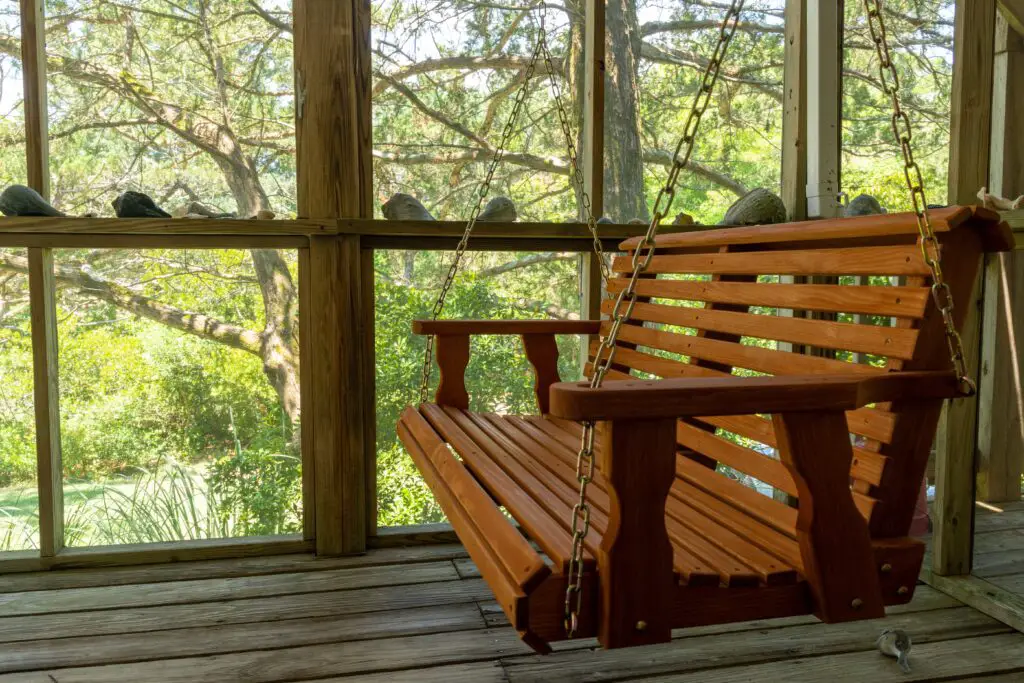
For families lucky enough to have a porch, that became the summer living room. They’d drag out chairs, cots, and sometimes even dining tables to make the most of the open air. Meals were eaten outside, naps were taken in hammocks or rocking chairs, and kids played on the steps until bedtime. It was all about catching that elusive evening breeze.
Porch life became a full-on strategy for surviving the heat, especially in the South and Midwest. Neighbors would visit each other just to sit outside and chat in the cooler air. It was part social gathering, part survival method. Plus, it gave everyone an excuse to avoid going back inside until absolutely necessary.
11. Using Straw Mattresses
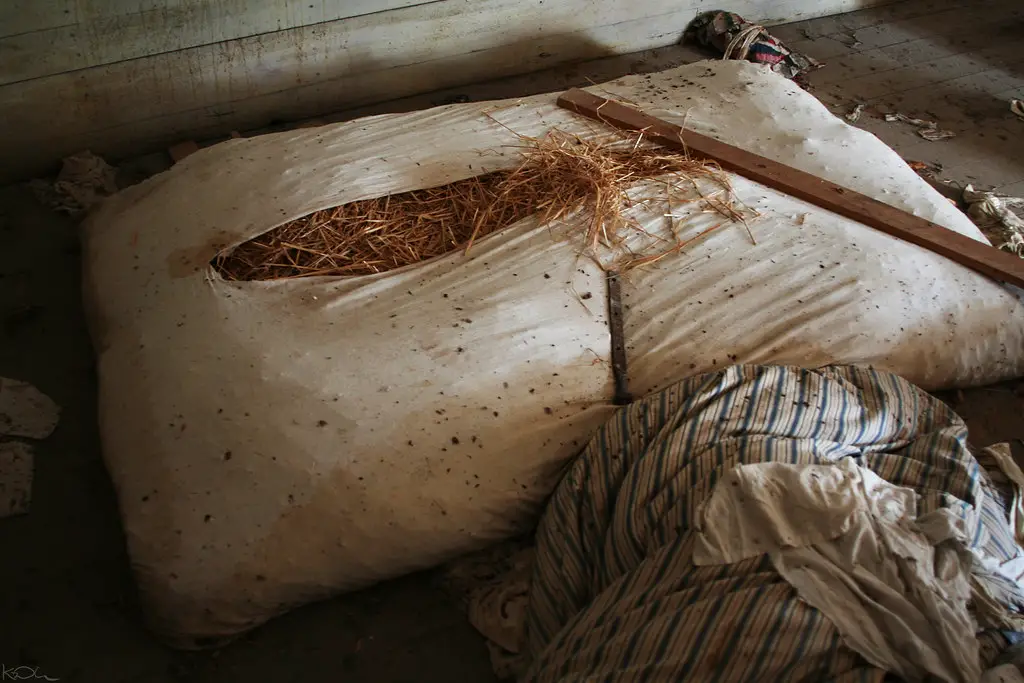
Regular feather beds or padded mattresses trapped heat like no one’s business. So in warmer climates, many people swapped them out for straw-filled versions. These “cooler” beds breathed better and didn’t cling to body heat as much. Sure, they were lumpy and a bit itchy, but at least they didn’t feel like sleeping on a grill.
Straw mattresses also dried out faster if they got damp from sweat or humidity, which was a definite bonus in muggy areas. Some folks even added herbs like lavender or mint to help with the smell. It wasn’t the most luxurious setup, but when nighttime temps refused to drop, every small adjustment helped. You weren’t going to sleep like royalty, but at least you wouldn’t wake up in a puddle.
12. Going to the Movies
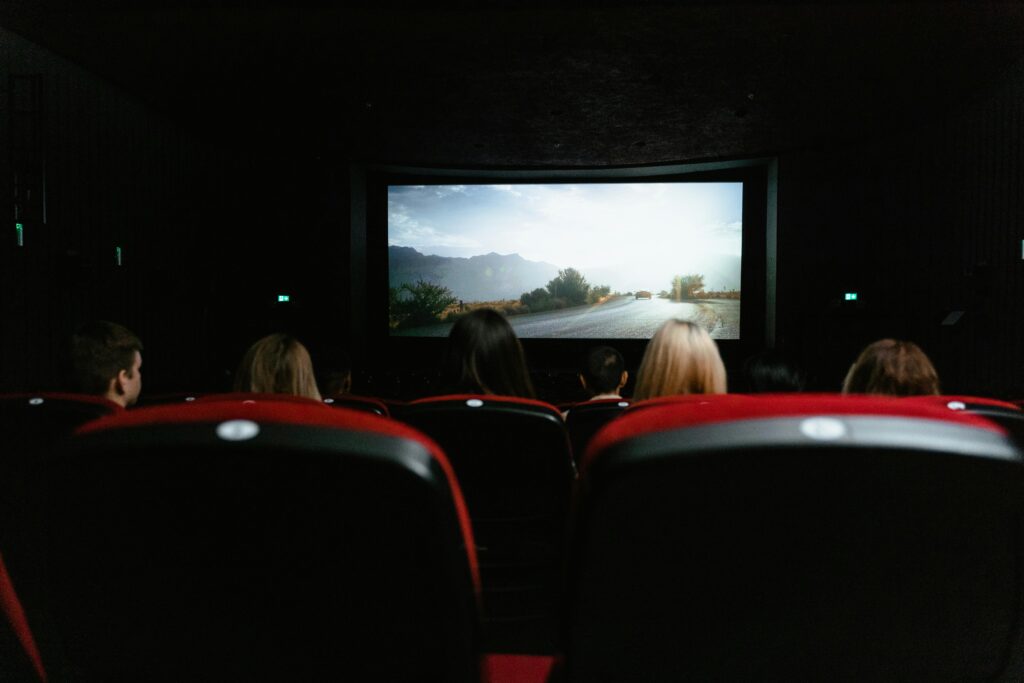
When all else failed, the local movie theater became a heatwave refuge. Some early theaters were among the first buildings to get air conditioning, which made them incredibly popular in summer. For the price of a ticket, you could sit in a chilled room for hours with popcorn and a cartoon before the feature film. Families would go not just for entertainment, but for physical survival.
It was a win-win: theaters got packed houses, and people got a few hours of sweet, sweet relief. Even if the movie wasn’t great, the cold air made it worth it. Some people even watched the same film over and over just to stay inside. It was probably the most fun way to cool off in the days before everyone had AC at home.
